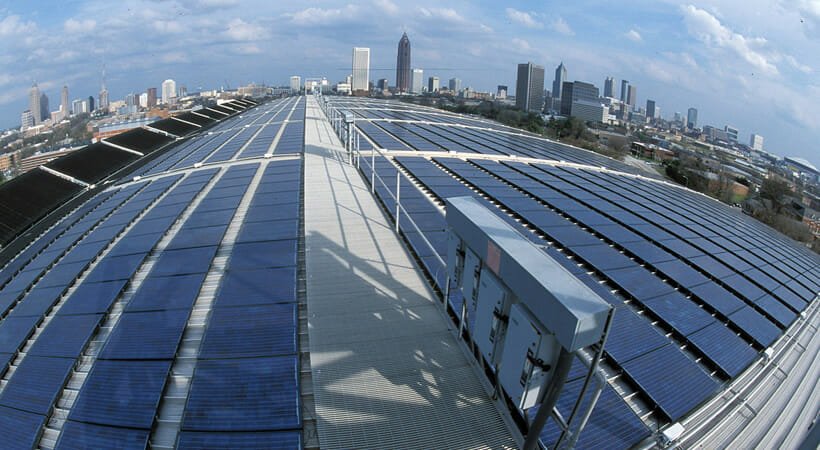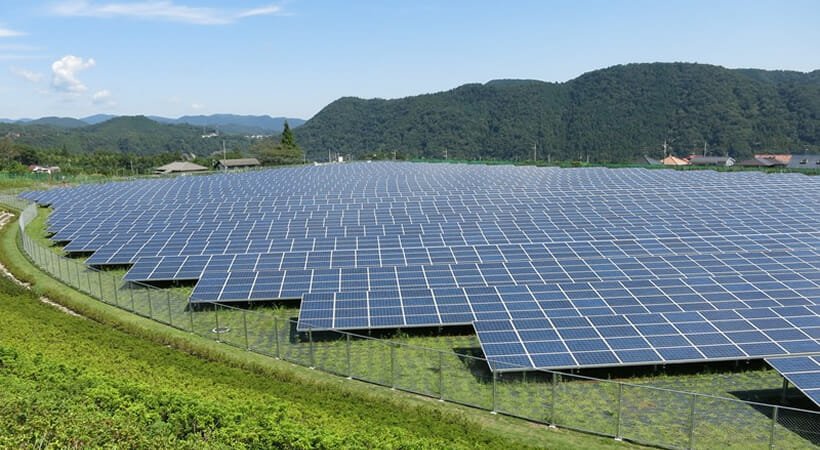The continued development of technologies makes solar energy an increasingly attractive sustainable energy solution; however, wind effects have a surprisingly complex role on solar infrastructure. That’s where we come in.
Energy production can range from complex to simple, and it can be as large as dedicated solar fields that serve entire regions or as localized as small rooftop systems that power individual buildings. In some cases, wind effects may drive fundamental design considerations of a new product.
We pioneered many of the current best practices that dictate how engineers design for wind, and we work closely with professionals in the solar industry to ensure that our recommendations are relevant to solar arrays and other solar products in the current market.
The Difficulties of Solar Panels on Flat Rooftops
Deploying solar modules on the roof of a large building may seem trivial at first. You hire an installer, and in a matter of days or weeks you have a new source of energy. Unfortunately, it’s rarely this simple.
A flat roof is one of the least hospitable locations for a solar array because they are especially vulnerable to circumstantial airflow patterns. These special airflow patterns are created with the help of wind navigating around nearby buildings, which increases volatile gusts.
We have a strong heritage in developing advanced methods to evaluate how rooftop solar arrays will react to high wind events.
Ground-Mounted Solar Power Plants
Ground-mounted fixed tilt systems suffer from fewer vulnerabilities than rooftop systems. In fact, wind load testing for these power plants almost always demonstrates that perimeter modules shelter those in the array interior. Once you’re armed with this knowledge, you can incorporate such effects into your design and save costs on both material and labor.
We understand the details of ground-mounted solar arrays, and we’ve delivered solutions to some of the biggest names in the solar industry. Before you break ground, contact us to discover how much you could save when designing for the wind.
In addition, if you’re interested in the latest recommendations and limitations associated with wind tunnel studies, the current best practices guide for ground-mount solar is available HERE. It is updated periodically as new information becomes available.
Tracking Systems
Tracking systems, while more efficient than fixed-tilt ground-mounted solar, present a unique set of design challenges, including susceptibility to wind-induced instabilities that can lead to catastrophic site damage. Determining stow strategies or the need for dampers are questions best answered with aeroelastic studies where the models respond to the wind just as the system would in the real world.
When you partner with CPP Wind, you gain a comprehensive understanding of wind loads and discover wind mitigation strategies that can save you money and reduce the risk of instability. Let us help bring your new solar energy system to market safely, efficiently, and reliably.



